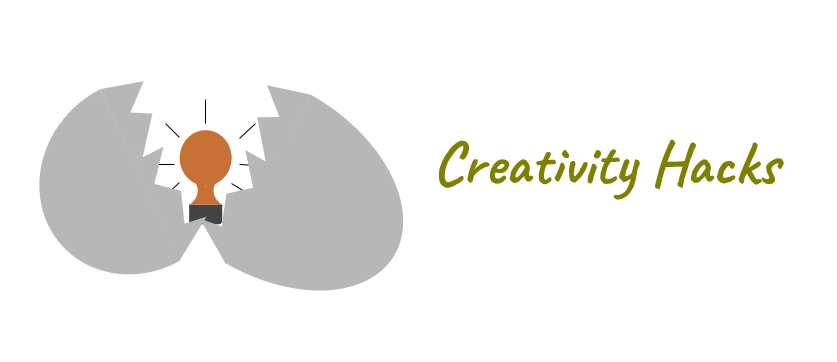When people are asked to think of ways to improve a product, most come up with additional features to increase the product’s functionality. But removing a feature can often lead to more interesting ideas.
About The Hack
For most people the natural way of thinking when it comes to finding product improvements is to add more features. For example, adding a grinder to a coffee machine to make fresher tasting coffee. But sometimes you can get surprising ideas by going the opposite route – eliminating features. The key to making this hack work well is to subtract a key feature so you are forced to break your mental set.
An illustrative example of this technique is the design of the hook-on high chair — a portable chair for toddlers that can be attached to any table thereby converting it into an on-the-go high chair. The design team who came up with this idea were tasked to create a new, revolutionary idea for a chair. The team challenged themselves by asking what would happen if they were to remove legs from a chair? In what kind of scenarios would such a chair be useful? Once they had removed a critical part of a typical chair, the designers were able to overcome their functional fixedness and identified a scenario where this would be beneficial.
Another example of this hack comes from a challenge that I posed to a group of middle schoolers. In the context of jugaad or frugal innovation, I asked them to design a washing machine without using electricity. Students came up with several ideas on how to rotate the washing machine barrel manually from using stationary bikes to employing the salad spinner mechanism. Each of those ideas resulted in interesting concepts for washers that could also be used as exercise machines.
Another benefit of this technique is that it helps you identify new markets for your product. The designers of the hook-on high chair had not designed chairs for the baby market before. Similarly, subtractions that lead to frugal innovations open up the developing market for cost-effective versions of the product.
Summary
Finally, here is a quick summary of the creativity hack and how to use it with students.
| Description | To find a creative idea for product improvement, ask students to remove one or more key features and find scenarios where the removal would be beneficial. |
| Example | An example of using subtraction is removing legs from a chair. A chair without legs could be useful in different scenarios. For example, it could be used as a portable toddler high chair by attaching it to a table surface. Or it could be folded and used as a portable stadium or bleacher chair. By finding new scenarios, students can find new applications or new markets for their product. |
| Tips | – To get bold ideas, ask students to pick features that are typically considered essential to the product. |
| Extensions | This technique can be used to explore frugal innovation where you design products under extreme constraints that make them amenable for the developing world. |

